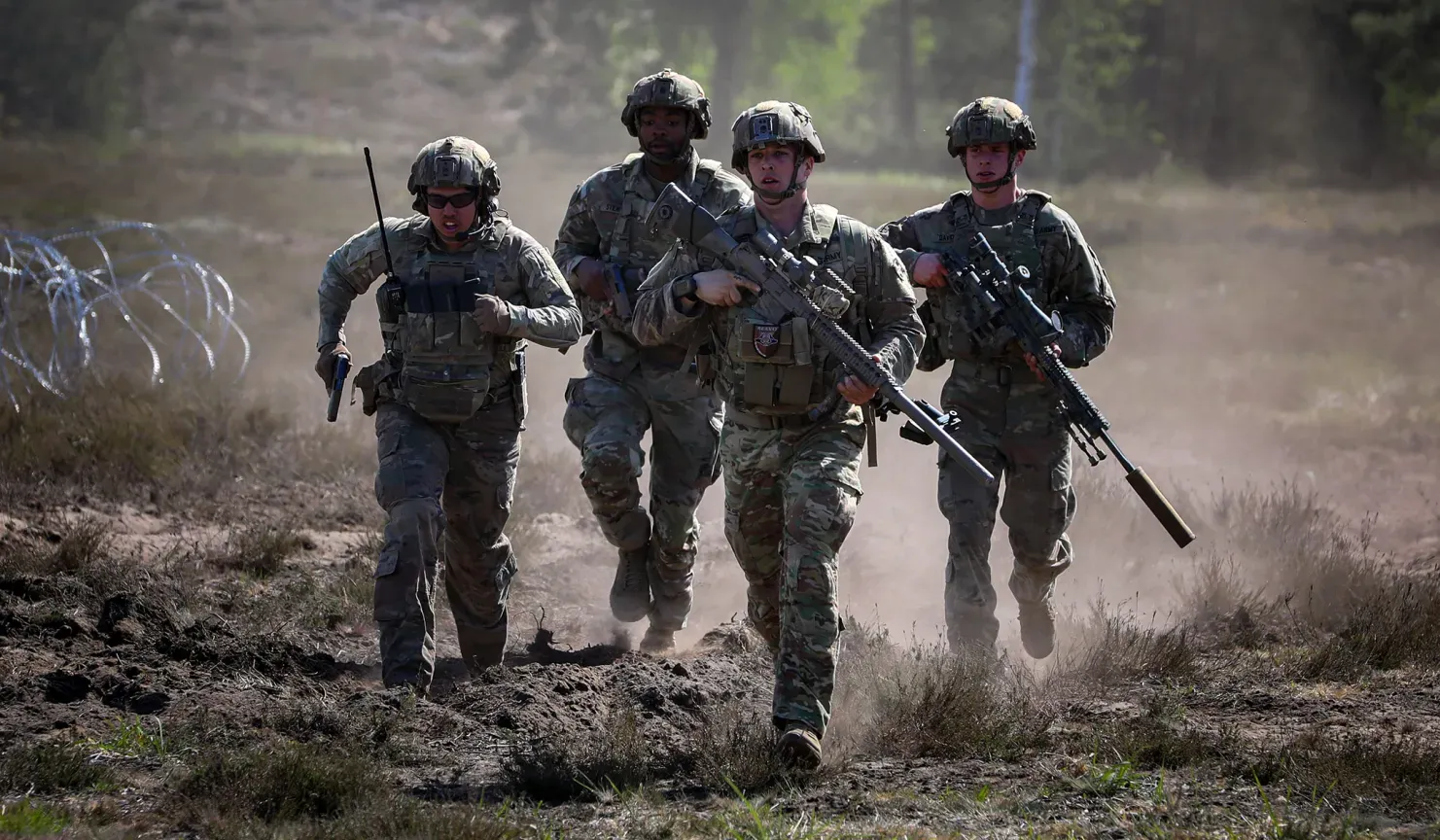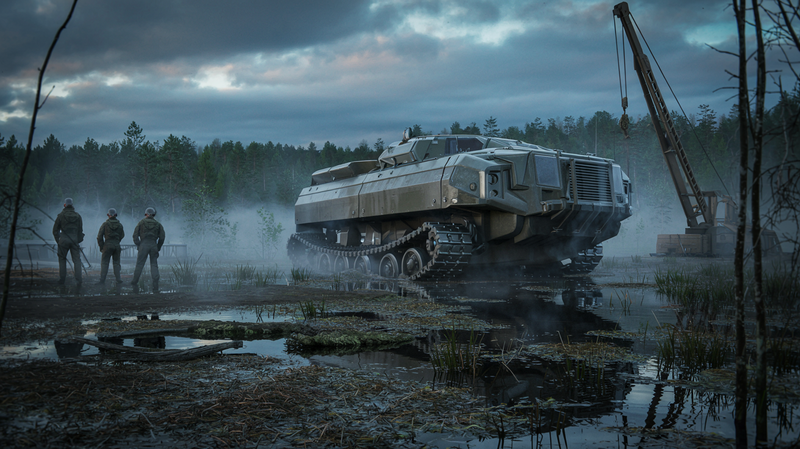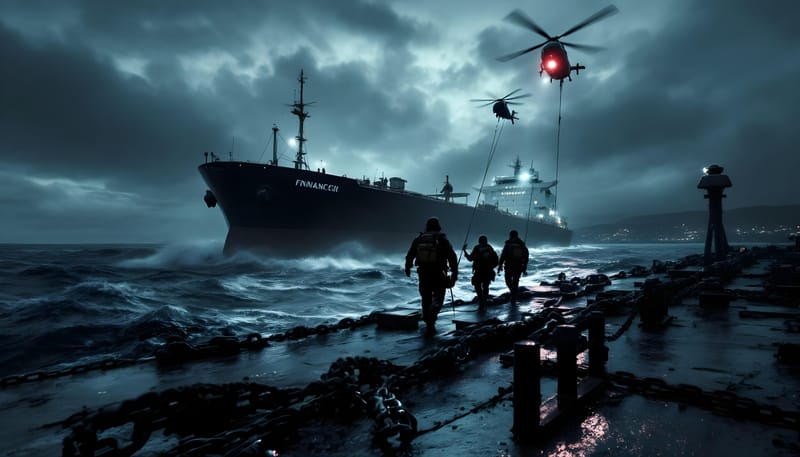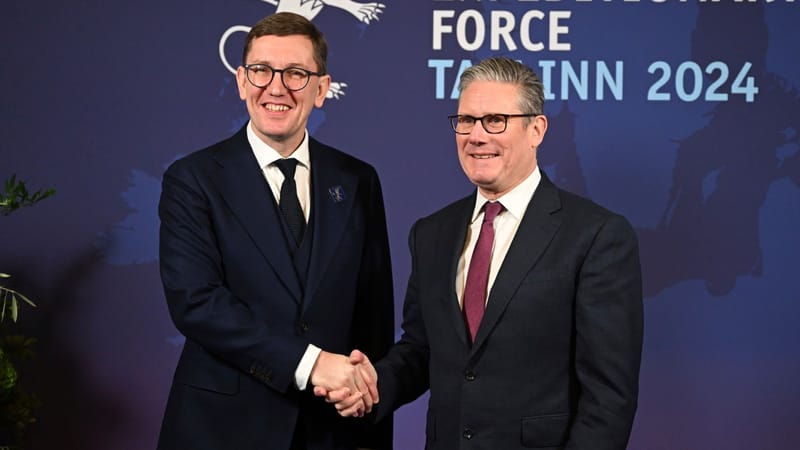NATO's Upcoming Show of Strength: Largest Military Exercise Since the Cold War
NATO, in a transformative shift since the Cold War era, is gearing up for its grandest live joint command exercise next year. The monumental scale of this exercise aims to prepare the alliance for a hypothetical scenario where it has to counter Russian aggression towards one of its members. Dubbed

NATO, in a transformative shift since the Cold War era, is gearing up for its grandest live joint command exercise next year. The monumental scale of this exercise aims to prepare the alliance for a hypothetical scenario where it has to counter Russian aggression towards one of its members.
Dubbed the "Steadfast Defender", this exercise is a testament to NATO’s transition from merely being a crisis-response unit to a full-fledged war-fighting alliance. This change in posture is significantly influenced by the recent Russian invasion of Ukraine.
Set to commence in spring, the Steadfast Defender will involve an impressive array of military assets: between 500 to 700 air combat missions, over 50 naval vessels, and approximately 41,000 troops. NATO officials have provided insights into the exercise, revealing that the simulated adversary, referred to as "Occasus", will be modeled after a coalition spearheaded by Russia.
One groundbreaking feature of this drill is its commitment to realism. The exercise will utilize genuine geographical data to construct lifelike scenarios for the troops, thereby enhancing the effectiveness and relevance of the training.
Adding to the list of participants is Sweden. Although its NATO membership is still in the ratification phase by Turkey and Hungary, Sweden will be part of the exercise. This inclusion pushes the count of nations participating to 32.
The vast expanse of the exercise will stretch across Germany, Poland, and the Baltic states, taking place in February and March. This drill is just one piece of NATO's revamped training strategy, aiming to conduct two major exercises annually. Moreover, the alliance will also focus on training to combat terrorist threats beyond its immediate periphery.
Jens Stoltenberg, NATO's secretary-general, last year outlined a significant enhancement in the alliance's high-readiness forces, indicating an increase from 40,000 to over 300,000 troops. This step is a part of NATO's strategic overhaul, emphasizing heavy military capabilities compared to the lightweight forces deployed in regions like the Balkans and Afghanistan.
Subsequent to Stoltenberg's announcement, NATO leaders convened in Vilnius, the Lithuanian capital, green-lighting new regional defense strategies. This meeting saw the birth of the Allied Reaction Force, a multinational entity designed to rapidly respond to threats.
Baltic nations, in recent times, have been actively urging NATO to strengthen its eastern presence, especially with rising troop concentrations on the Belarusian border. Reports in July mentioned Russian President Vladimir Putin's intentions to station nuclear weapons in Belarus, though their actual presence remains unverified.
Furthermore, NATO has strategically placed multinational battalions in Baltic states to act as a deterrent and slow down potential aggressors. Germany has also pledged its commitment by deciding to permanently station 4,000 troops in Lithuania.
In essence, these exercises serve a dual purpose: training and deterrence. They underscore NATO's preparedness and send a potent message to Moscow about the alliance's resolve and readiness for combat.




